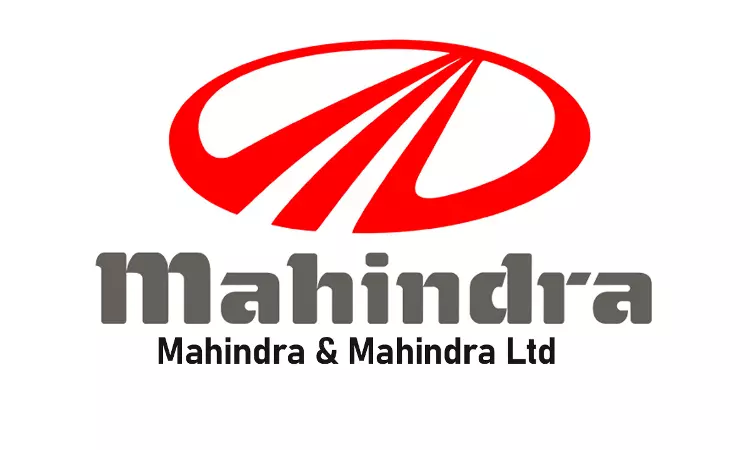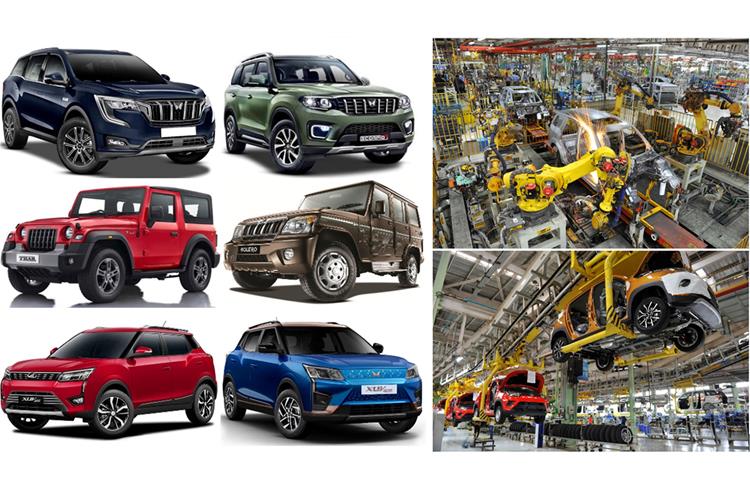Mahindra & Mahindra (M&M) is one of India’s largest multinational conglomerates, primarily known for its automotive and farm equipment businesses. It has made a significant mark in the global automobile and agricultural sectors, offering a diverse range of vehicles, from utility vehicles (UVs) to electric cars and tractors. This SWOT analysis delves into the company’s strengths,weaknesses, opportunities, and threats to provide a holistic view of its current standing and future prospects.
Strengths:
Leadership in Utility Vehicles and SUVs
Mahindra has long been a market leader in the Indian utility vehicle (UV) segment. Iconic models like the Mahindra Scorpio, Thar, and Bolero have a strong fan base due to their rugged build and off-road capabilities. The launch of newer models like the Mahindra XUV700 and Thar (2020) has further cemented Mahindra’s dominance in the SUV category.
Strong Presence in Agricultural Equipment
Mahindra is the largest tractor manufacturer in the world by volume, with its Farm Equipment Sector (FES) being a major contributor to its overall revenues. The brand's tractors are well-known for their durability, affordability, and suitability for various terrains, which make them a popular choice for farmers across India and globally.
Focus on Innovation and R&D
Mahindra has made substantial investments in research and development (R&D) to stay competitive. Its focus on advanced technologies such as electric vehicles (EVs), connected car technologies, and autonomous vehicles is evident through initiatives like the Mahindra Electric Mobility division and its innovation centers. The company’s EV portfolio, including models like the eVerito and Treo (electric three-wheeler), positions it well in the growing green mobility space.
Global Presence and Acquisitions
Mahindra has expanded its footprint globally through strategic acquisitions and partnerships. Its acquisition of SsangYong Motor in South Korea and Peugeot Motorcycles in France, as well as its operations in the US (with the Roxor off-road vehicle), highlight its international aspirations. Mahindra’s tractor and farm equipment businesses also have a significant presence in the US, China, Africa, and other emerging markets.
Diversification Across Sectors
Beyond automobiles, Mahindra operates in sectors such as information technology (Tech Mahindra), financial services (Mahindra Finance), hospitality (Club Mahindra), aerospace, and real estate. This diversification helps the company reduce its reliance on any one sector and spread risk across industries.
Weaknesses:
Lagging in Passenger Car Segment
Unlike its strong performance in the UV and SUV segments, Mahindra has struggled to gain a significant foothold in the broader passenger vehicle (PV) market. Its attempts at producing sedans and hatchbacks, such as the Mahindra Verito, have not been as successful as its SUVs, limiting its penetration in this segment.
Dependence on Indian Market
Despite its global operations, Mahindra still relies heavily on the Indian market for a significant portion of its revenues, particularly in the automotive and farm equipment sectors. This over-dependence on one market exposes the company to risks such as economic downturns, changes in consumer demand, and regulatory shifts within India.
Underperformance of SsangYong
Mahindra's acquisition of South Korean automaker SsangYong has been fraught with challenges. Despite initial optimism, SsangYong has struggled with profitability and has faced financial difficulties, leading Mahindra to scale back its investment in the company. SsangYong's underperformance continues to be a drag on Mahindra’s global aspirations in the SUV market.
Brand Perception in Electric Vehicle (EV) Market
Although Mahindra was an early entrant into the EV market in India with Mahindra Electric, its electric vehicles (like the eVerito) have not achieved widespread success or consumer acceptance. The brand's EV offerings have struggled to compete with newer entrants like Tata Motors' Nexon EV, which has gained significant traction.
Opportunities:
Expansion in Electric Vehicle Market
With the Indian government pushing for electric mobility and offering incentives through schemes like FAME (Faster Adoption and Manufacturing of Hybrid and Electric Vehicles), Mahindra has a great opportunity to expand its EV portfolio. The company is already working on new EV platforms and could capitalize on its early investments to lead the Indian electric mobility market, both in passenger and commercial vehicle segments.
Growing Demand for SUVs Globally
The global demand for SUVs has been on the rise, and Mahindra, with its proven expertise in this segment, can leverage this trend by introducing more models in international markets. Its new-age SUVs, equipped with advanced features and safety standards, could cater to growing markets in Europe, North America, and Southeast Asia.
Rural and Agricultural Growth
India’s growing emphasis on rural development and agricultural mechanization presents further opportunities for Mahindra’s farm equipment division. With the Indian government’s focus on increasing productivity in agriculture, Mahindra’s innovative and affordable tractors and farm equipment can help boost its sales in domestic and global markets.
Collaborations and Strategic Partnerships
Mahindra can strengthen its global footprint by continuing to explore joint ventures and collaborations, especially in electric mobility, connected vehicles, and autonomous driving. For instance, Mahindra’s partnership with Ford in India to co-develop products and share platforms demonstrates its ability to create synergies that can expand its product range and market reach.
Growth in Exports and Emerging Markets
Mahindra's expansion into emerging markets such as Africa and Latin America offers an avenue for growth. These regions present significant demand for affordable, durable vehicles, particularly in the UV and commercial vehicle segments where Mahindra excels.
Threats:
Intensifying Competition
The Indian automotive market is highly competitive, with both domestic and international players vying for market share. Mahindra faces strong competition from Tata Motors, Maruti Suzuki, Hyundai, and newer entrants like MG Motor and Kia. In the SUV and electric vehicle segments, competition is particularly fierce, with rivals launching feature-packed models at competitive prices.
Regulatory Changes and Emission Norms
The automotive industry is subject to increasingly stringent regulations related to emissions and fuel efficiency. Adapting to new norms like BS-VI emission standards in India requires significant investment in technology upgrades, which can put pressure on margins. Additionally, global regulatory changes around carbon emissions and electric vehicle mandates could impact Mahindra's global sales, particularly in markets like Europe.
Economic Slowdowns and Market Volatility
Mahindra’s heavy dependence on the Indian market makes it vulnerable to economic slowdowns, fluctuations in agricultural output, and rural distress, all of which can negatively affect consumer spending on vehicles and farm equipment. The cyclical nature of the automotive industry also exposes Mahindra to market volatility, both in India and abroad.
Global Supply Chain Disruptions
The global automotive industry has been impacted by supply chain disruptions, such as the semiconductor shortage, which has affected production timelines and vehicle deliveries. Such disruptions can cause delays and increased costs for Mahindra, especially as it looks to ramp up production of new models and electric vehicles.
Electric Vehicle Adoption Challenges
While the EV market presents opportunities, the slow pace of EV infrastructure development in India, high battery costs, and consumer hesitation could hinder Mahindra’s efforts to dominate this segment. Additionally, competition from new-age EV manufacturers and startups may put pressure on Mahindra’s EV business, requiring significant investment in technology, production, and marketing to stay competitive.
Conclusion:
Mahindra & Mahindra is a strong player in both the Indian and global markets, with a particular focus on SUVs, utility vehicles, and farm equipment. Its leadership in these segments, combined with its innovation in electric vehicles and investments in research and development, positions it well for future growth. However, challenges such as intense competition, regulatory pressures, and its underperforming international ventures like SsangYong need to be addressed. By capitalizing on its opportunities in the EV market, rural development, and global expansion, Mahindra can continue to strengthen its market presence and drive future growth.









No comments: